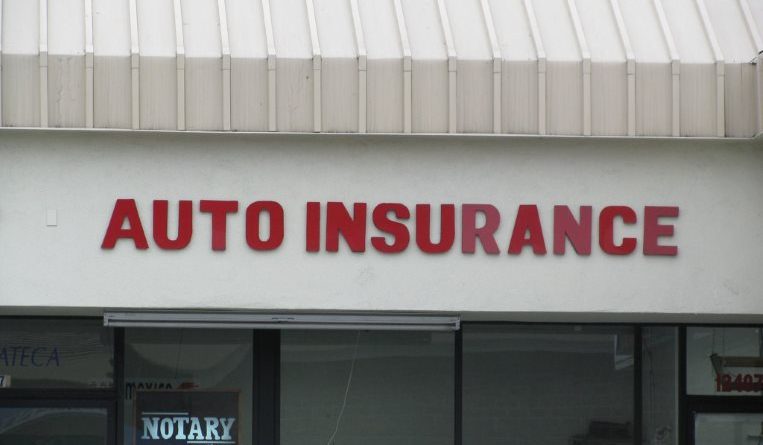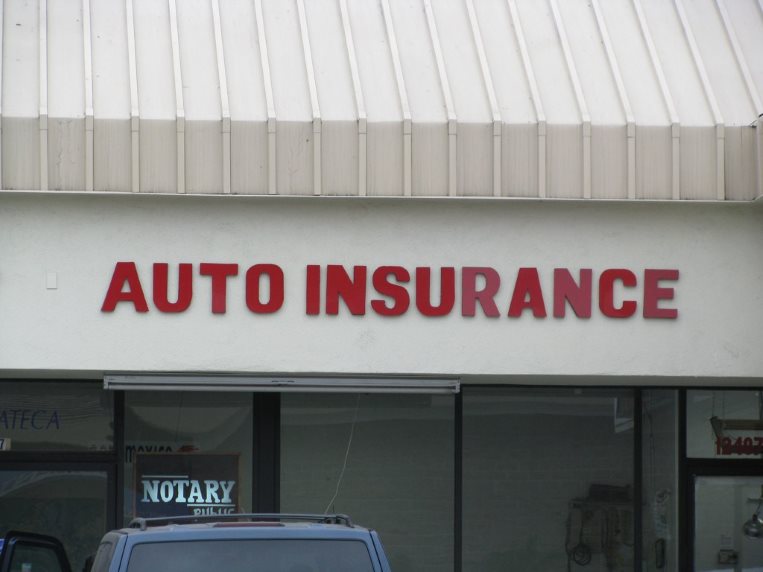4 terms in your car insurance cover you should understand
When you buy a car, you also need to insure it and what you typically end up buying is a comprehensive car insurance cover. But to understand your policy, you need to read through the jargon and know what it means. We pull out four terms that you need to understand.
THIRD PARTY AND OWN DAMAGE COVER
A third-party insurance cover is mandatory before you can take your car out of the showroom. It covers damage to life or property of a third party by the insured vehicle. The premium of the third party component is fixed by the regulator and the sum insured or liability is unlimited in case of an accident that causes bodily injury or loss of life. The amount of claim paid by the insurer is decided by taking into consideration the earning capacity and age of the injured or deceased person. In case of damage to property, the maximum liability can be Rs.7.5 lakh.
Own damage (OD) cover, on the other hand, insures your vehicles against theft or damage. Your comprehensive cover will also include personal accident insurance covers for owner and driver.
INSURED DECLARED VALUE
Unlike third-party cover, the premium in the case of OD cover is decided by the insured declared value (IDV) of the vehicle. IDV is the value that the insurer will pay if your car is completely damaged or stolen. In that sense, IDV is the sum insured and is calculated based on the invoice of your car minus depreciation.
In the first year itself, the value of your car depreciates by 5%. Every year, the insurer will calculate the premium on the IDV. Depreciation also applies to certain body parts such as those made of rubber and plastic. Buy add-on covers to make sure that at the time of claim the policy doesn’t pay the depreciated value but full replacement value.
DEDUCTIBLE
This is another significant term that you should know. A deductible is that amount of the claim that needs to be borne by the person who buys the cover. For example, for a 1500cc vehicle, the deductible is Rs.1,000. This means that any claim worth Rs.1,000 will not be entertained. For a bigger claim, you will still need to pay the first Rs.1,000. You can choose a higher deductible to bring your premium down, but that might be a mistake because in case you make a claim, you will end up paying a higher amount.
NO-CLAIM BONUS
A no-claim bonus is the discount that you get on your premiums for each year that you don’t make a claim. This bonus is applicable on the premiums that apply for the OD cover. So, every year, when you renew your policy, you get a discount—the maximum discount over a period of time is usually capped at 50%—on the premium.
Also, when you buy a new car, you can transfer the no-claim bonus from your old car to the new one.
Source: LiveMint.com





